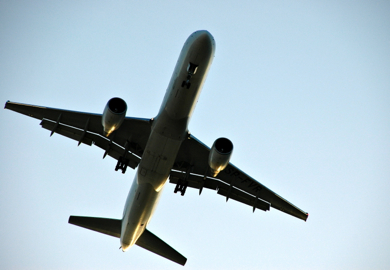6th July 2015
Low-cost long haul travel
It seems there are more reasons why a low-cost carrier (LCC) should not enter the transatlantic market than why they should. However, there is no reason why an established LCC could not become successful on transatlantic routes with a few changes.
There have been previous attempts to establish low cost, transatlantic routes but thus far they have failed. The first attempt of note was Laker Airways. Freddie Laker was years ahead of his time, his low-cost model was ahead of anything that had come before. Laker was the first to envision ancillary revenue as a way of driving profits rather than just fares.
In Asia there are numerous LCCs operating medium to long-haul flights. Scoot, Air AsiaX and Nok operate primarily in the South-East Asia market. This works primarily because the time difference across the long-haul routes is not as major as those between Europe and the United States.
LCCs use narrow-bodied aircraft as opposed to wide-bodied aircraft used on transatlantic routes, it may be that a new aircraft is necessary.
The aircraft only makes money when it is in the air; LCC aircraft make many more movements per day than those of full service airlines with a general turnaround of 25 minutes. The aircraft would require more cleaning after a longer flight, would have to be re-stocked with food and drink, will also require a full fuel re-fill and more passengers will also have hold luggage.
The arrival and departure times may be an issue because of restrictions on the times when aircraft can fly. Finally, there are restrictions in how many hours the crew of an airline is allowed to fly.
 3SIXTY Global
3SIXTY Global